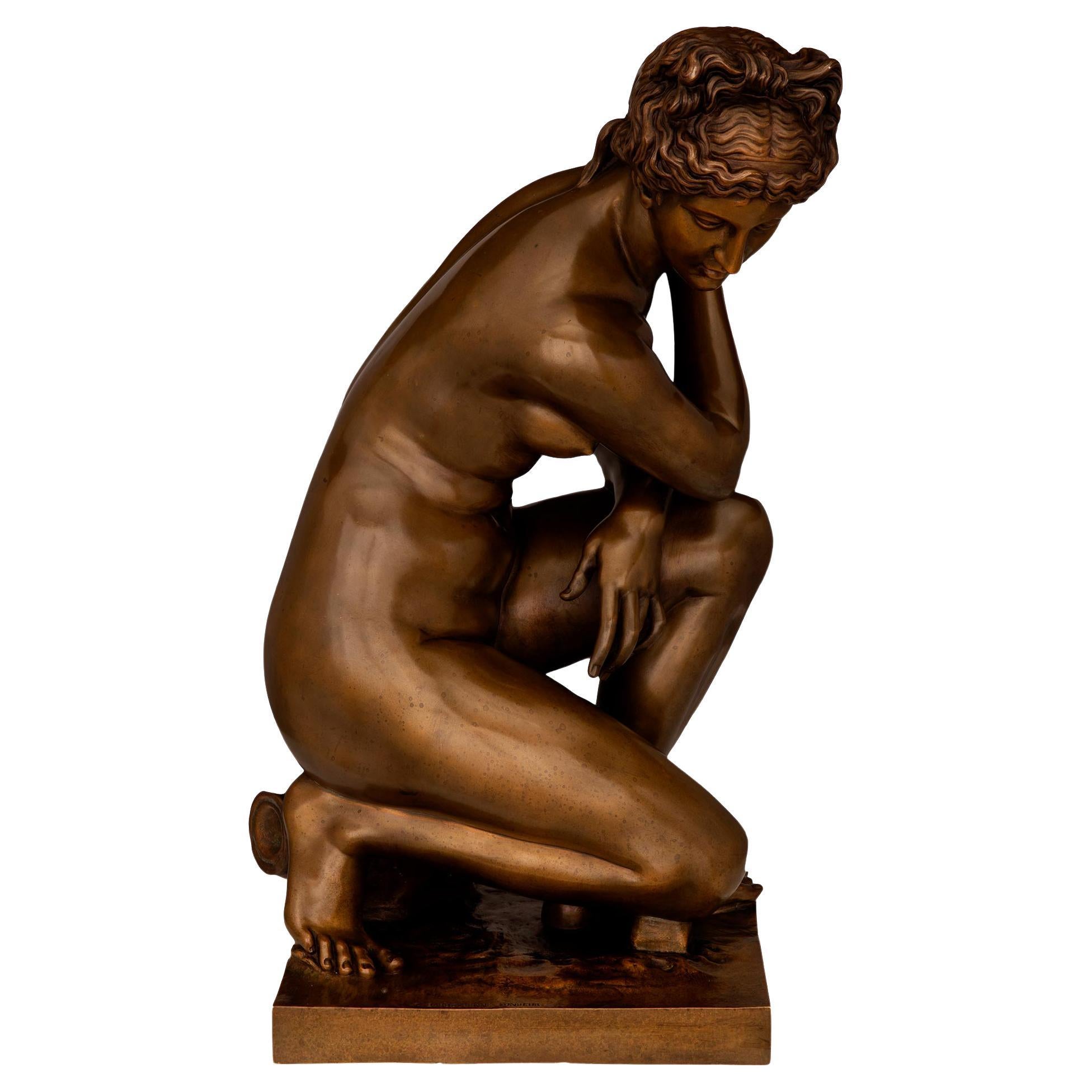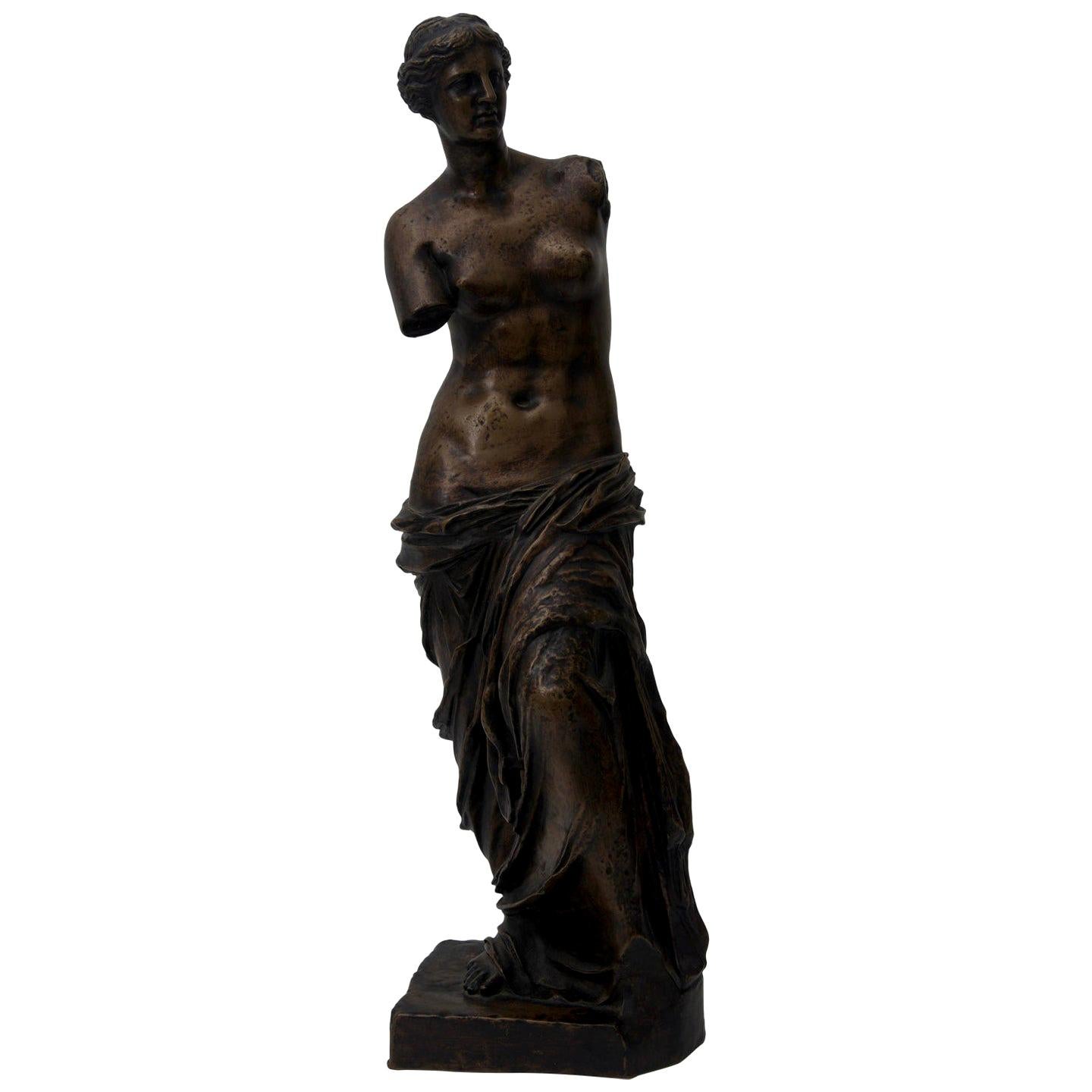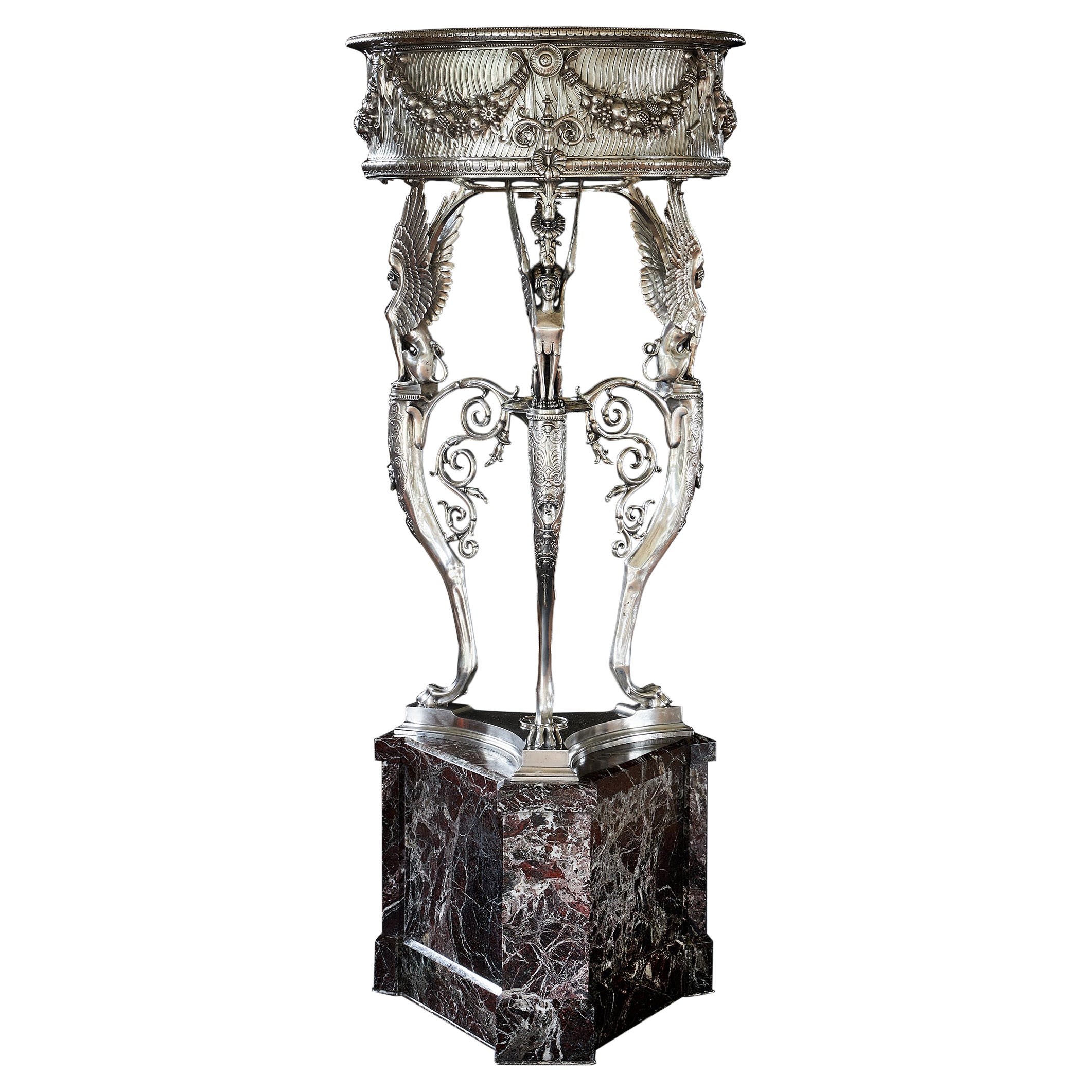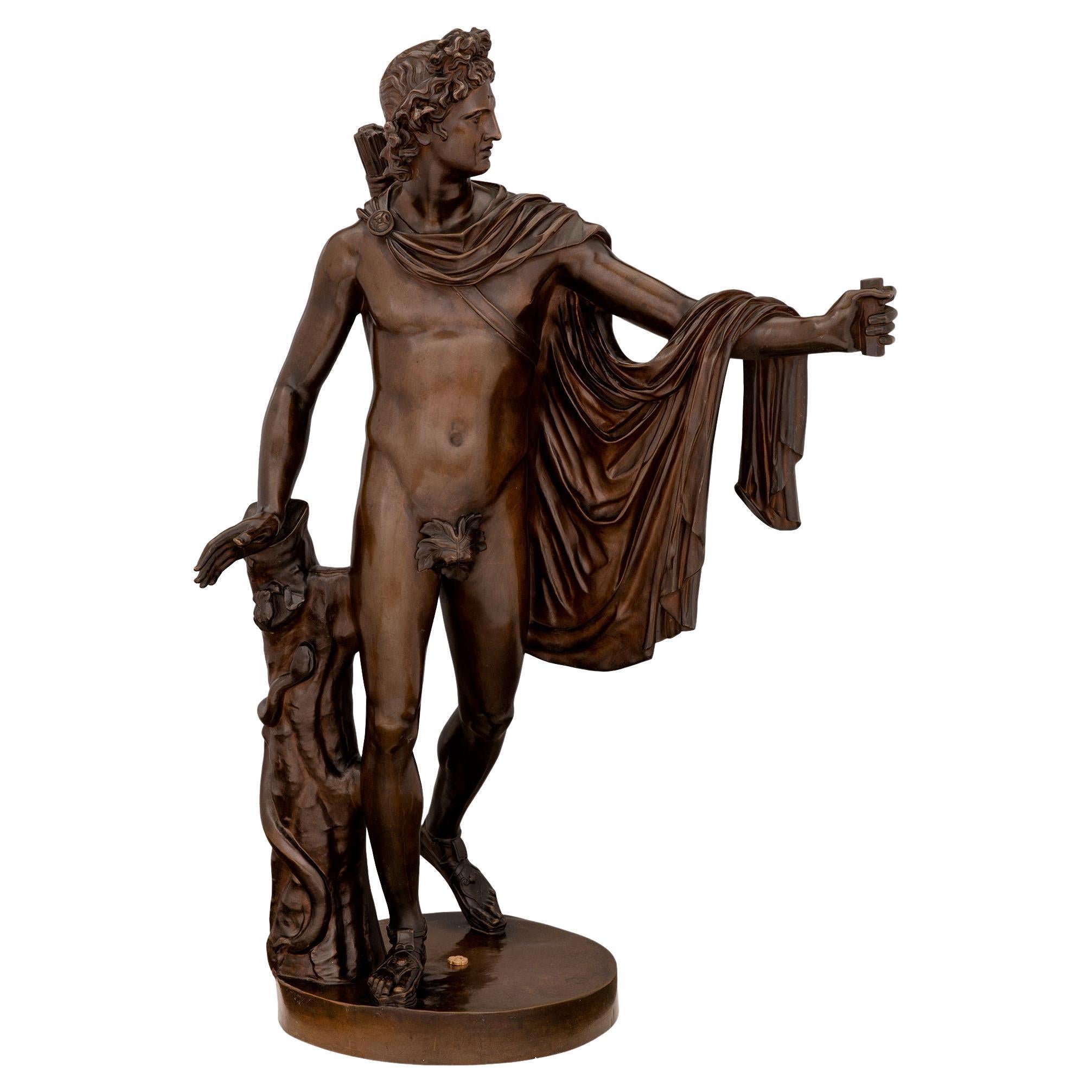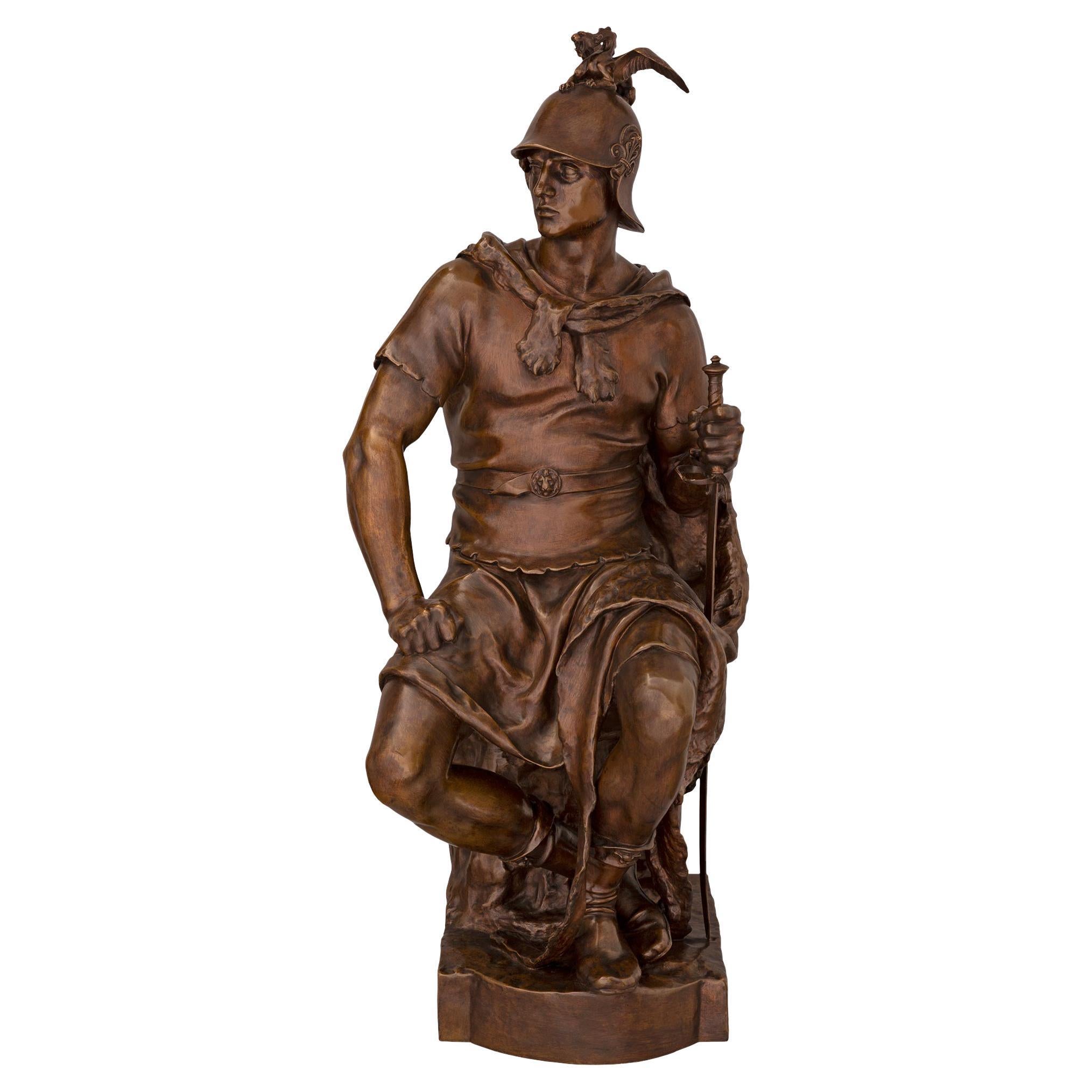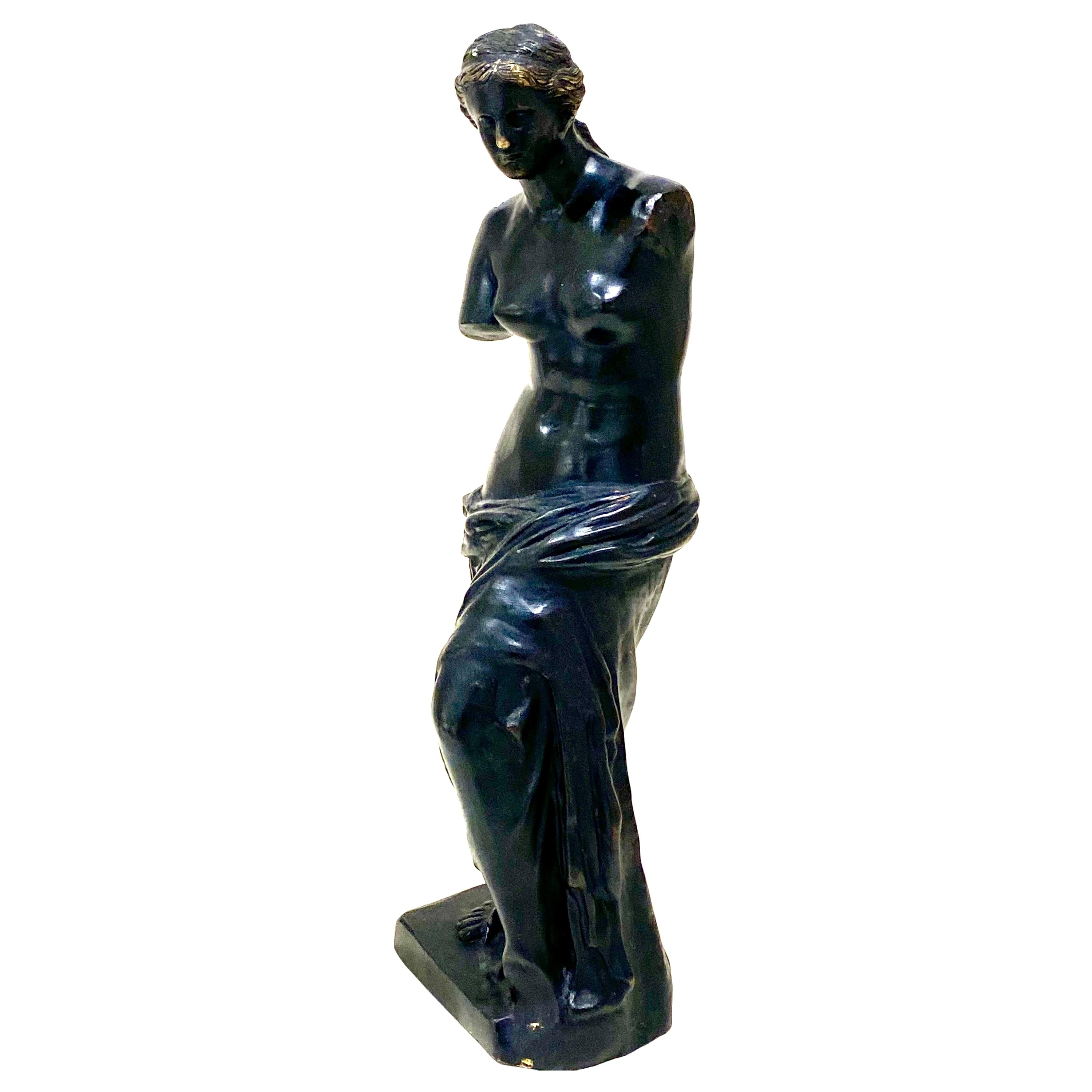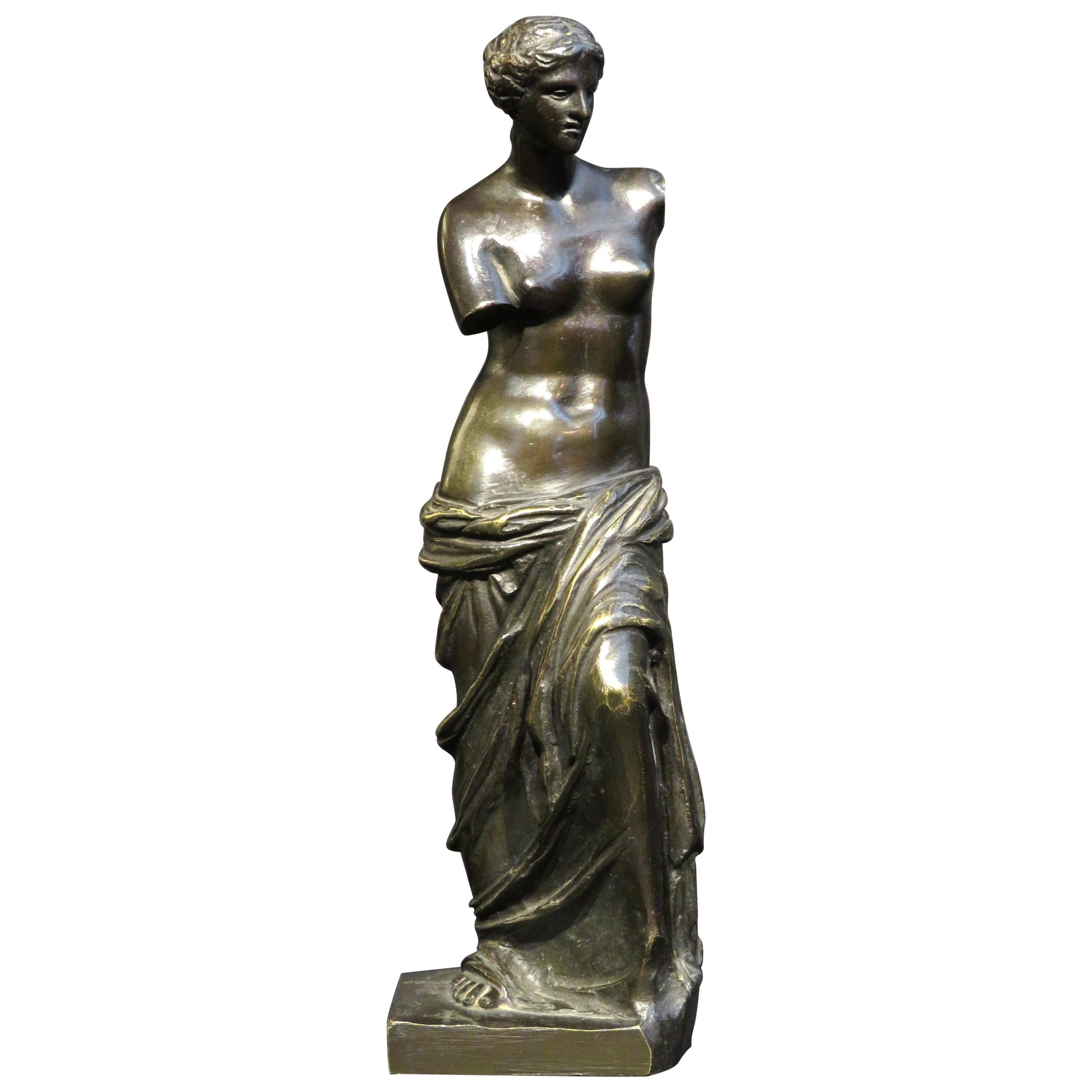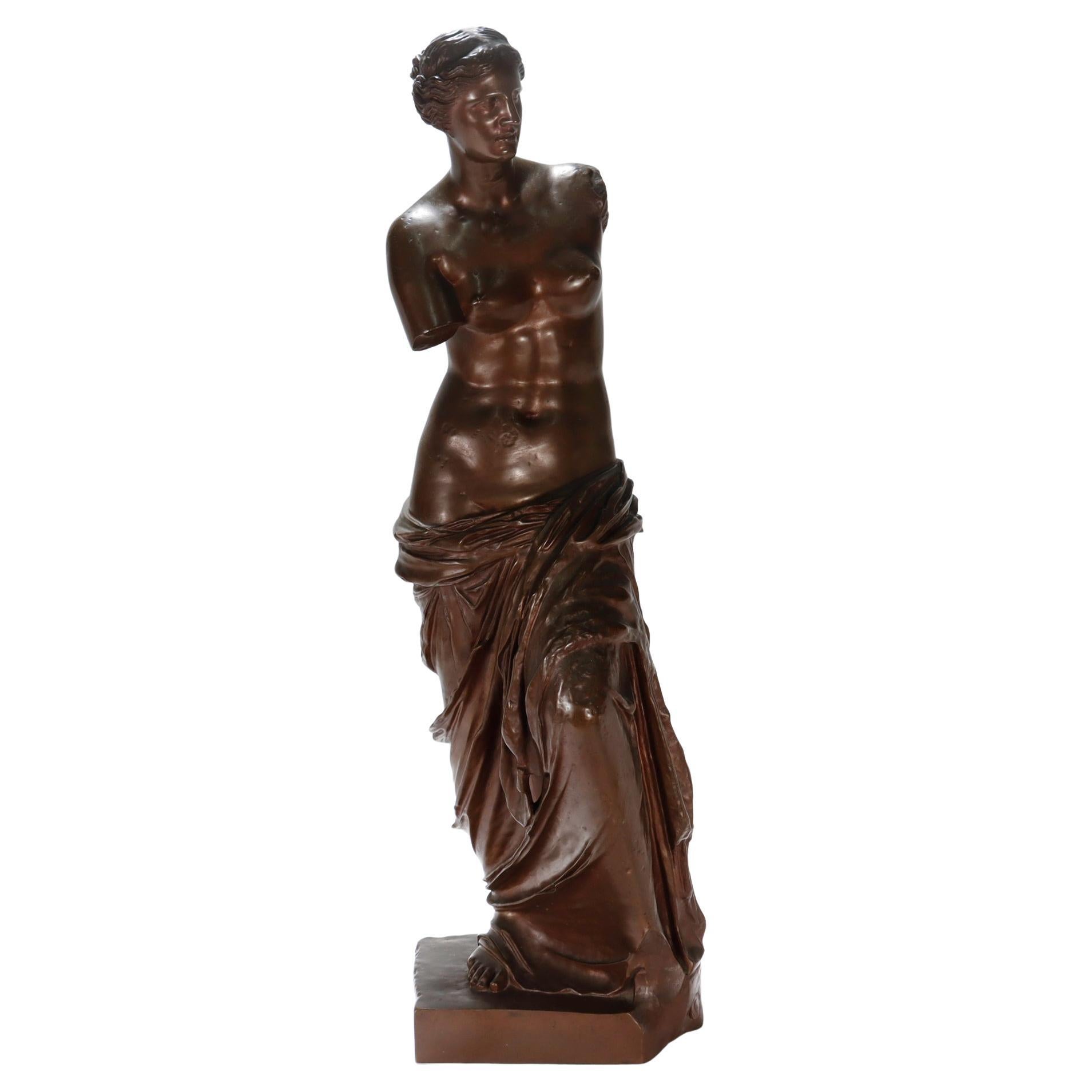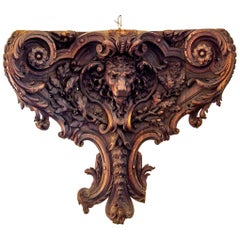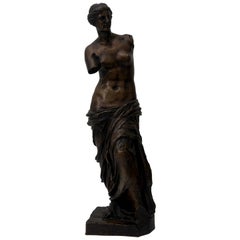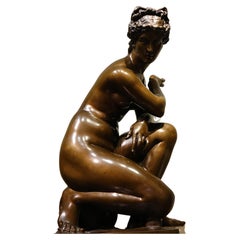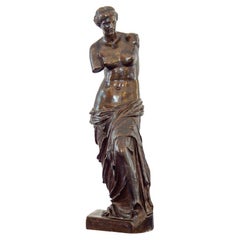
19th Century Bronze 'Venus De Milo' Signed F. Barbedienne
View Similar Items
Want more images or videos?
Request additional images or videos from the seller
1 of 14
19th Century Bronze 'Venus De Milo' Signed F. Barbedienne
About the Item
- Creator:Achille Collas (Metalworker),Ferdinand Barbedienne (Metalworker)
- Dimensions:Height: 18.51 in (47 cm)Width: 5.52 in (14 cm)Depth: 4.73 in (12 cm)
- Style:Grand Tour (In the Style Of)
- Materials and Techniques:
- Place of Origin:
- Period:
- Date of Manufacture:1880
- Condition:Wear consistent with age and use.
- Seller Location:Donhead St Mary, GB
- Reference Number:Seller: KBS3041stDibs: LU5069129725872
About the Seller
4.6
Vetted Seller
These experienced sellers undergo a comprehensive evaluation by our team of in-house experts.
Established in 2020
1stDibs seller since 2019
74 sales on 1stDibs
More From This SellerView All
- Stunning Early 19th Century English Carved Oak Wood FragmentLocated in Donhead St Mary, WiltshireA stunning English, early 19th century, carved wood fragment in oak, detailing a lions mask with a garniture of oak leaves and acorns and the outer frame work with scrolling acanthus...Category
Antique Early 19th Century English Gothic Mounted Objects
MaterialsOak
You May Also Like
- French 19th Century Bronze Statue of Venus, Signed BarbedienneBy Ferdinand BarbedienneLocated in West Palm Beach, FLA classical and most elegant French 19th century patinated bronze statue of kneeling Venus, signed F. Barbedienne Fondeur and stamped "Reduction Mecaniq...Category
Antique 19th Century French Figurative Sculptures
MaterialsBronze
- Bronze Sculpture of the Venus de Milo by F. BarbedienneBy F. Barbedienne FoundryLocated in West Palm Beach, FLThis cast bronze sculpture of the Venus de Milo dates to the 1860s-1880s and was cast by the F. Barbedinne foundry in Paris started in 1838 by Ferdinand Barbedienne and Achille Colla...Category
Antique Late 19th Century French Grand Tour Figurative Sculptures
MaterialsBronze
- Statue of Venus in Bronze signed BARBEDIENNE 19th centuryLocated in PARIS, FRLarge bronze (height: 0.63m), with medal patina, representing Aphrodite, goddess of Love, crouching. An exaltation of the taste for movement and torsion, this work is a revival of t...Category
Antique Late 19th Century French Napoleon III Figurative Sculptures
MaterialsBronze
- 19th Century Silvered Bronze Athénienne Jardinière by Ferdinand BarbedienneBy Ferdinand BarbedienneLocated in Oxfordshire, United KingdomA French silvered-bronze athénienne by Ferdinand Barbedienne, Paris, last quarter 19th century with a revolving liner, the frieze applied with bucrania suspending ribbon-tied berried laurel swags above a border of bellflowers on a stippled ground above three seated female sphinxes issuing stylised foliage and scrolls on lion monopodia cast with the mask of Hercules, scrolling foliage and anthemions joined by stretchers, raised on a concave-sided triform marble base on a further thin silvered-bronze base, inscribed to the tripod base 'F. BARBEDIENNE' Measures: 103.3cm. high, 41.5cm. diameter; 3ft. 4 3/8 in, 1ft. 4 1/4. This impressive athénienne is a key reminder of the longevity of a particular model and design’s success from Antiquity through to the 19th century and up until this day. Typically known as the ‘Trépied du Temple d’Isis’, this athénienne is designed after the Roman antique originally found at Pompeii and now at the Museo Archeologico Nazionale, Naples (fig.1). From being for example an inspiration for the baptismal font of Napoléon’s son in 1811, this model was the inspiration to many highly skilled makers throughout the 19thcentury such as the Manfredini brothers from Milan and of course the Parisian well-established bronze founder Ferdinand Barbedienne who executed the present example. The Temple of Isis was a Roman temple dedicated to the Egyptian goddess Isis and was among one of the first discoveries during the excavation of Pompeii in 1764. Certainly considered as one of the most elegant examples of antique tripods, the existence of this model was then popularized to the rest of Europe via prints, one of the first being by Giovanni Battista Piranesi in 1779. This type of tripod was also popularised by an engraving in C. Percier and P. Fontaine’s, Receuil de Décorations Intérieures of 1801. Interestingly, there is also a watercolour now in the Musée Carnavalet, Paris, showing this type of tripod displayed at the 1801 Exposition des Produits de L’Industrie in the Louvre. The passion for Greek and Roman Art in the 19th century. The discovery of Pompeii and Herculaneum around the middle of the 18th century gave rise to a new passion for Antiquity and the excavated masterpieces renewed the repertoire of fine and decorative arts and served as models for Neoclassicism. Members of the aristocracy as well as connoisseurs, particularly in England, completed their education by undertaking a ‘Grand Tour’ of Italy and often fell victim to the recently unearthed Greek and Roman artefacts...Category
Antique 19th Century French Grand Tour Planters, Cachepots and Jardinières
MaterialsMarble, Silver Plate, Bronze
- Italian 19th Century Bronze Statue of Apollo, Signed F. Barbedienne FondeurBy Ferdinand BarbedienneLocated in West Palm Beach, FLA handsome and high-quality Italian 19th century patinated bronze statue of Apollo, signed F. Barbedienne, Fondeur. The statue is raised by a circular base with a finely detailed tre...Category
Antique 19th Century Italian Figurative Sculptures
MaterialsBronze
- French 19th Century Patinated Bronze Statue Signed P. Dubois And F. BarbedienneBy Ferdinand BarbedienneLocated in West Palm Beach, FLAn exceptional French 19th century patinated bronze statue signed P. Dubois and F. Barbedienne. The statue entitled Le Courage Militaire, is raise...Category
Antique 19th Century French Figurative Sculptures
MaterialsBronze
Recently Viewed
View AllMore Ways To Browse
Antique Business Sign
Antique Business Signs
Machine 19th
Homer Grand Tour
Antique Cannon
Milo Bronze
French Bronze Miniatures
Antique Seal Stamp
Antique Stamp Seal
Franco Prussian
Copy Machine Used
Antique Adding Machine
Franco Prussian War
French Bronze With Miniature
Grand Tour Bronze Large
Bronze Sculpture Ferdinand Barbedienne
Barbedienne Fondeur
Small Cannon
